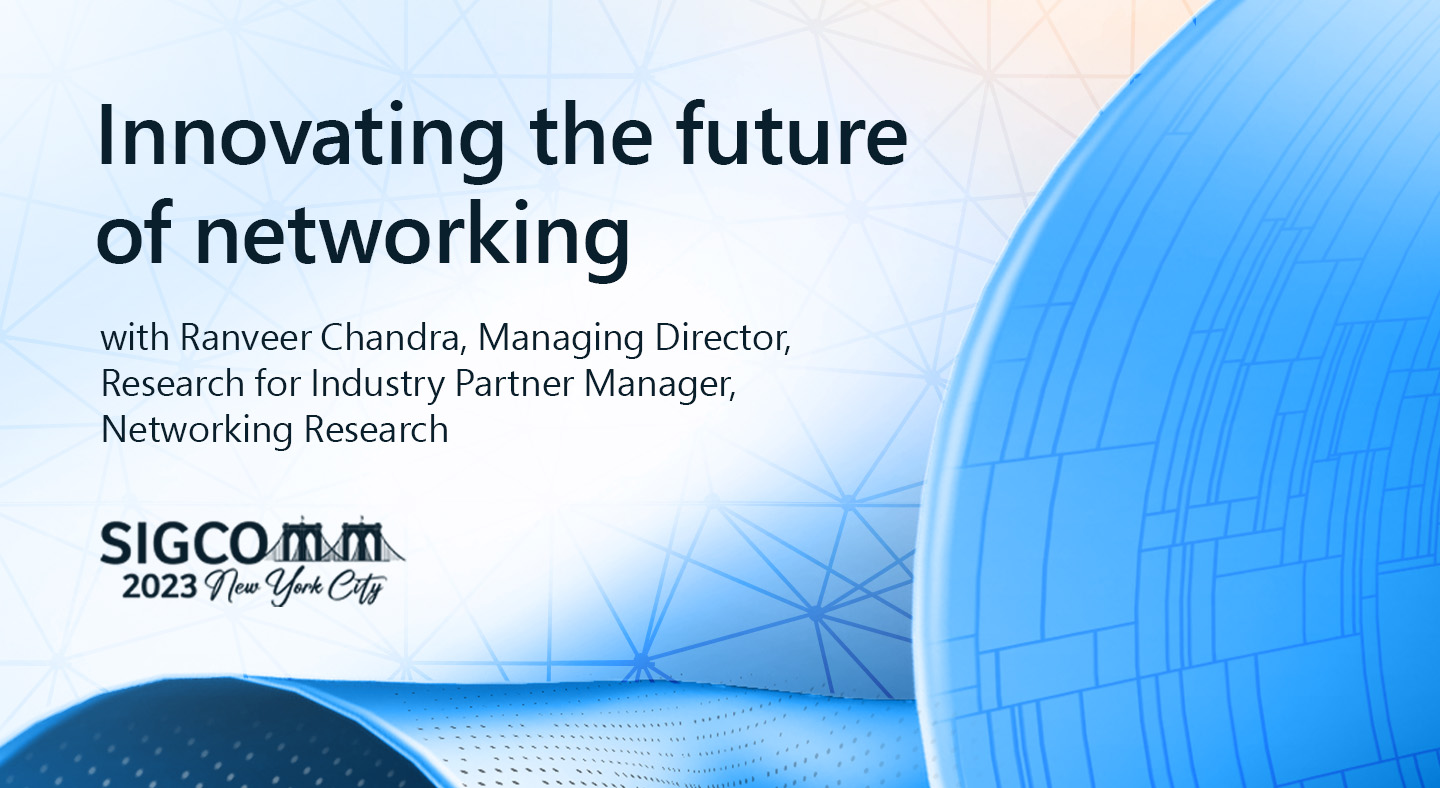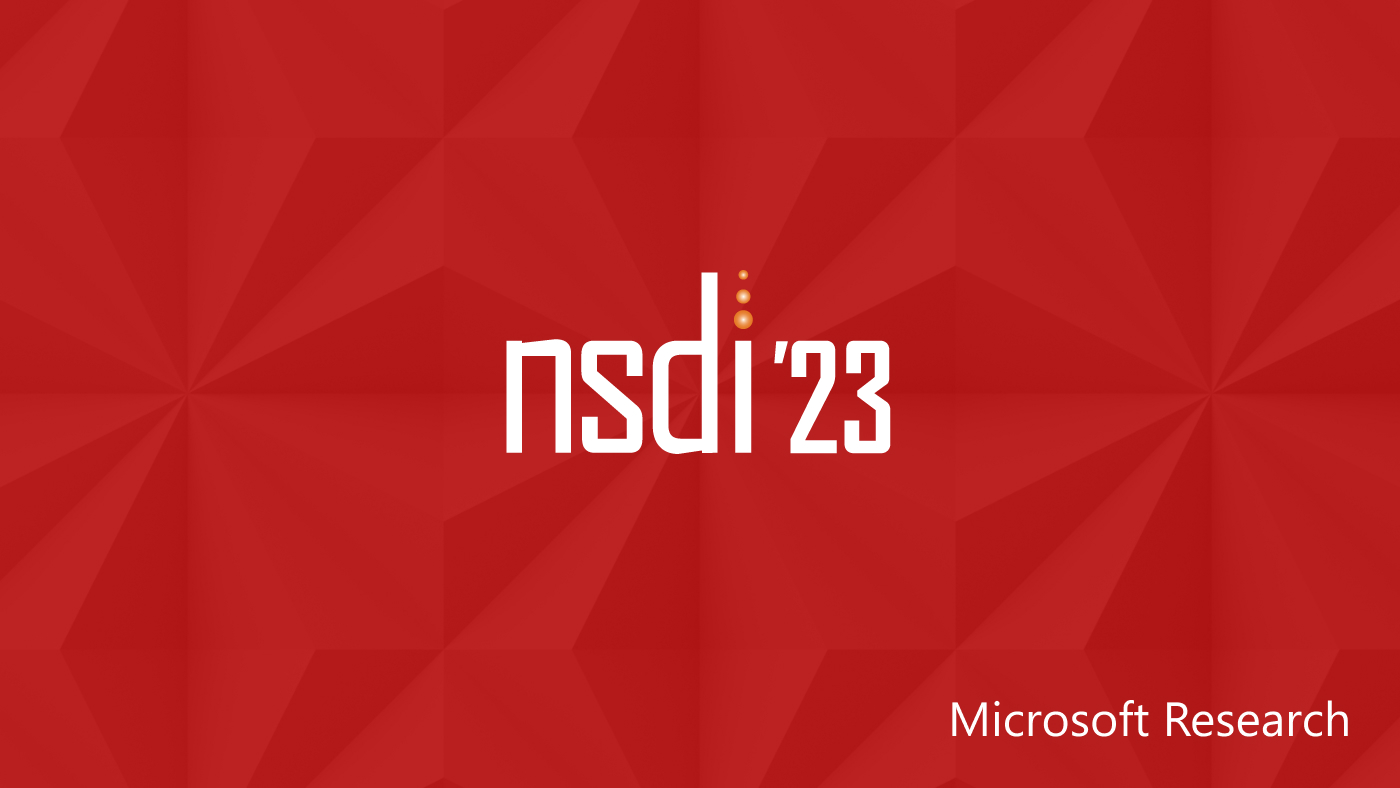By Suzanne Ross
Almost everyone complains about the loss of connection to their neighbors. Parents don’t know if it’s safe to let their kids go next door, or down the street. They don’t know who to borrow a cup of sugar from if they decide to bake a batch of cookies.
Researchers have found that technology can actually bring people closer together, recreating the sense of community that we’ve lost in recent years. One of the ways that researchers have begun to reconnect communities is through neighborhood mesh networks.
Spotlight: AI-POWERED EXPERIENCE
“We care a lot about community networking,” said Bahl. “People in a community want to be able to share information with their neighbors. For example, they would like to find out what their children are doing in school, or they would like to set up a neighborhood watch. Researchers specializing in urban studies have found that people became more socially active when they used such networks because they could figure out each other’s interests and have a common topic to talk about.”
Bahl, a senior researcher in the Systems and Networking group, says there are four main technical challenges to building a robust mesh network.
One, capacity. “The capacity and range of the radio on each node must be improved. High capacity is necessary for building neighborhood scale networks and range is fundamental to connectivity.”
Two, routing. “When you want to send information from point A to point B, the packet containing the message may need to hop from one mesh node to another. What path the packet takes is the routing problem.”
Three, security and privacy. “Everyone wants their system to be secure, and wireless is more vulnerable than wired networks. They do not want neighbors snooping on their network traffic.”
Four, self-management. “We want to build networks that grow organically. In our model of a community mesh network, there’s no single person who goes in and deploys the network. There is no ISP, no IT department, nothing. Just a bunch of people who buy devices and connect with one another. They need the system to be reliable and self-managing.”
Researchers in Redmond, Cambridge, and Silicon Valley are investigating all four problems. Bahl and his associates Lili Qiu and Lidong Zhou have focused their efforts on solving the fourth challenge.
Most wireless systems are “hub-and-spoke” systems. This means that each wireless device connects to a single, controlling device. Think of your cell phone connecting to a cell tower.
Mesh networks, in contrast, are multihop wireless systems that send packets from one device to another. The devices themselves form the network. The only special device is the Internet Gateway, which is a mesh node that connects the local mesh network to the Internet.
The good news is that they’re easy to install and use. Phones, PCs, laptops, Tablet PCs, and PDAs can connect to one of these mesh nodes and the mesh nodes act as routers to relay messages to other surrounding nodes.
But building a successful self-managing neighborhood network is a complex problem, because the network is so dynamic. If people turn their systems on and off, that changes the number of available nodes and the network topology. It means that sometimes you’d get a great connection, other times everything turns to fuzz. In addition, the hardware used in a neighborhood mesh network is going to be wildly different from one home to another. This might cause some nodes to get more bandwidth than others.
Qiu, Zhou and Bahl have come up with some original ideas for making mesh networks self-managing. “Our approach is very different from anyone else’s,” said Bahl
Their idea is to use online trace-driven simulation to recreate the recent performance of the mesh network and then use the simulator to detect faults. Once the simulator accurately represents the behavior of the operational mesh network, the root cause for failure is determined by systematically injecting known faults into the simulator and observing the resulting behavior. All this happens automatically.
Most researchers use a simulator to predict network behavior based on theoretical models. In contrast, the team uses a trace-driven approach to drive the simulator with data collected from the operational mesh network to diagnose problems in real-time. Since each community mesh network will be different from any other mesh network because of its unique combination of hardware, software and the local environment, this trace-driven approach can diagnose faults that are as unique as the network itself.
The system uses two types of software modules. One, called an agent, runs on every router node and collects information. It then reports this information to the other module, called the manager. The manager scrubs the data for errors and performs the analysis using the simulator.
“We’re able to diagnose faults such as network congestion, MAC misbehavior*, packet loss, and external noise,” said Bahl.
The researchers have validated their results with simulation and a small test bed set up in their lab. They’ve also deployed a mesh network in a Redmond apartment complex and in a neighborhood in Cambridge, U.K.
Mesh networks offer opportunities for communities that go beyond the block party or local grocery bulletin board. With a digital connection to your neighbors, you can create stronger social connections, reducing the isolation that stand-alone computer systems encourage. It’s a new world way to recreate the ‘good old days’ of close neighborhood ties.
* MAC Misbehavior – Medium Access Control (MAC) is a channel access protocol used in wireless networks. The term MAC Misbehavior refers to the condition when the node does not adhere to the established rules of channel access. This may be because the node is maliciously trying to get more than its fair share of the network bandwidth, or simply because it has faulty hardware. Mechanisms for handling MAC misbehavior are necessary to achieve the best experience for everyone in the network.





